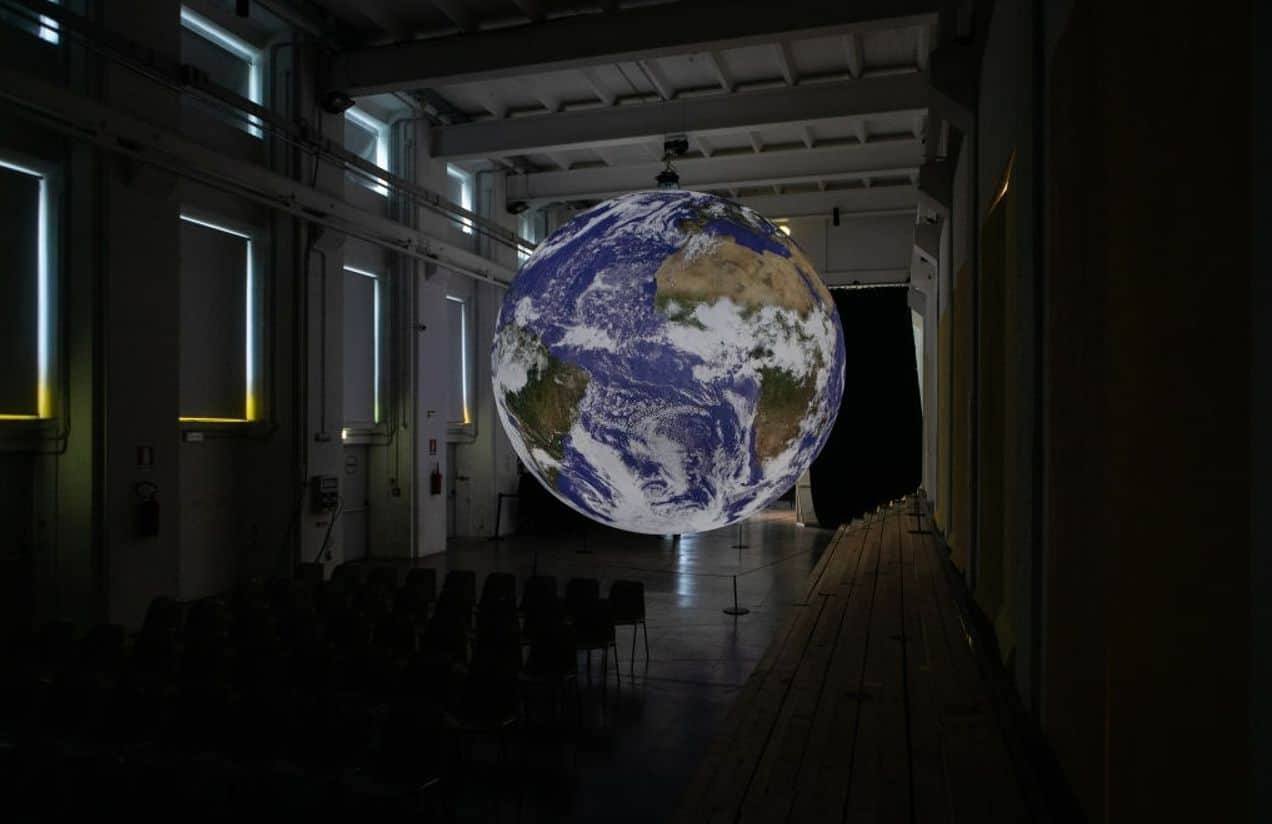According to official estimates, there are currently eight planets in our solar system.
The ninth planet or P9 is a hypothetical planet in the outer region of the solar system, the existence of which has not yet been proven.
According to official estimates, there are currently eight planets in our solar system. But, for example, astronomer Michael E. Brown of the California Institute of Technology in Pasadena has been suggesting for several years that there should be a ninth planet in the solar system.
Brown and his colleague Konstantin Batygin drew attention to dwarf planets outside the orbit of the planet Neptune.
What is the secret of Planet X?
Brown and Batygin’s theory is that the motion of dwarf planets is influenced by a still unknown celestial body. According to past calculations, the mass of the celestial body, which was dubbed Planet 9, should exceed the mass of the Earth ten times. It should also be twenty times farther from the Sun than Neptune, and revolve around the Sun in 10,000 to 20,000 years.
Brown and Batygin have published a new scientific paper about Planet 9 on the arXiv platform. They have developed a sky map showing what the most likely orbit of the unknown planet looks like and where it is most likely to be at present.
How to find
If Planet 9 does exist, then how quickly it will be detected depends on its brightness and size.
“Planet Nine is closer and brighter than initially expected, though the probability distribution includes a long tail to larger distances, and uncertainties in the radius and albedo of Planet Nine could yield fainter objects,” the scientists write in their study.
Brown doesn’t think too highly of the theory that a celestial body whose gravity affects the outer solar system is a primordial black hole.
He considers this theory “absurd”. However, his new research does not disprove the black hole theory.
Image Credit: Getty
